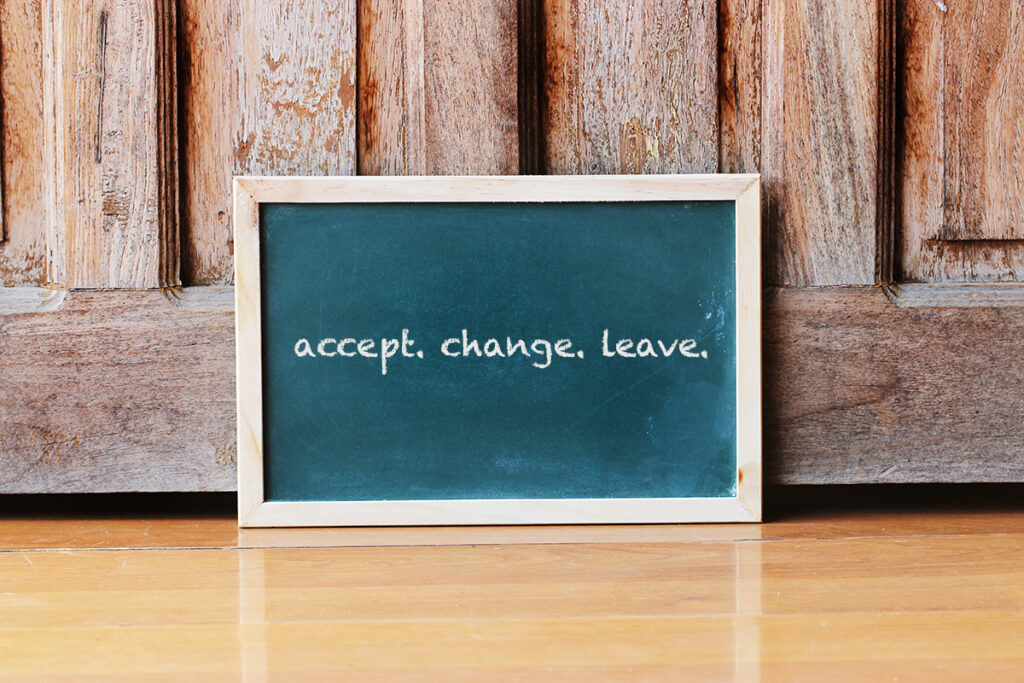How To Support Your Students’ Mental Health During Covid

Although the hard numbers aren’t in yet, surveys indicate that the pandemic is taking a toll on our students’ mental health.
Fear and social isolation are causing a spike in anxiety, depression, and suicide ideation.
You’ve likely seen signs yourself:
Lethargy
Apathy
Indifference
Distractability
Restlessness
What follows are three things you can do to help.
1. Acknowledge
Many students feel alone and cut off from their former life. They may not have friends or family they can confide in, and thus feel as if they’re the only one having a hard time.
Just knowing that they’re not alone can provide great comfort. The fact is, we’re all struggling to some degree. By simply acknowledging it, you can help a lot of students.
You don’t have to be specific or dwell on your own low moments.
But in a general sense, acknowledging the mental strain of Covid, and how the isolation and disruption to our lives is hard to deal with, is enormously beneficial.
The truth is, they’re not alone. But they don’t always know it.
2. Drench
A powerful antidote to feelings of depression and anxiety is to have purpose. Because of Covid, purpose for many has been shredded into a million little pieces. In some cases, even gone for good.
You are in position, however, to provide a new purpose for your students by approaching your lessons with renewed passion and enthusiasm.
Pull on your fins and snorkel gear and guide your students down into the ocean depths to listen to the clicks and squeaks of dolphins and sperm whales.
Climb with them to the dusty top of Cheops and gaze down on the new discovery of a fourth pyramid on the Western edge of the Giza Plateau. Recite Robert Frost with Ponyboy and Johnny as they hide out in Windrixville Church.
Take your students on an adventure.
Drench them in their learning. Go deeper instead of wider. Make learning about the world, its inhabitants, and the natural laws that bind it all together their new purpose.
And the burdens of 2020 will begin to fade like a bright, shiny morning.
3. Offer
Every day tell your students that you’re there for them. Tell them that you care for them, that you have their back, and that you’ll do your best to help them through any struggle or obstacle they’re facing.
Repeat your email address again and again. Keep it written on your whiteboard or readily published to your online platform. Let your students know that they can pull you aside or contact you anytime.
Offer to set up a meeting if they wish to chat.
They may not take you up on it. Probably won’t, in fact. But just knowing that you’re available is often enough. Knowing that someone cares and is there to listen if they need it can make a big difference.
So be that person.
And say it often. “I’m here for you. If you need anything or you’re struggling in any way, I’ll help you through it.”
Be Smart
I’d be remiss if I didn’t mention that we’re not health professionals.
If a student reports to you that they feel like harming themselves or others, or if they appear in any danger, then immediately contact your principal, counselor, and psychologist.
If you feel it’s an emergency, then also contact the local police.
Never go beyond the support boundaried by your level of training and certification. Never speak to a student alone without others in the room or exchange emails without cc’ing your principal or counselor.
Never cross that invisible line.
In the rush to help, many teachers do more harm than good. So protect yourself. Be smart. Be a beacon of hope in the areas you can provide the most help.
And you may just save a life.

No comments:
Post a Comment